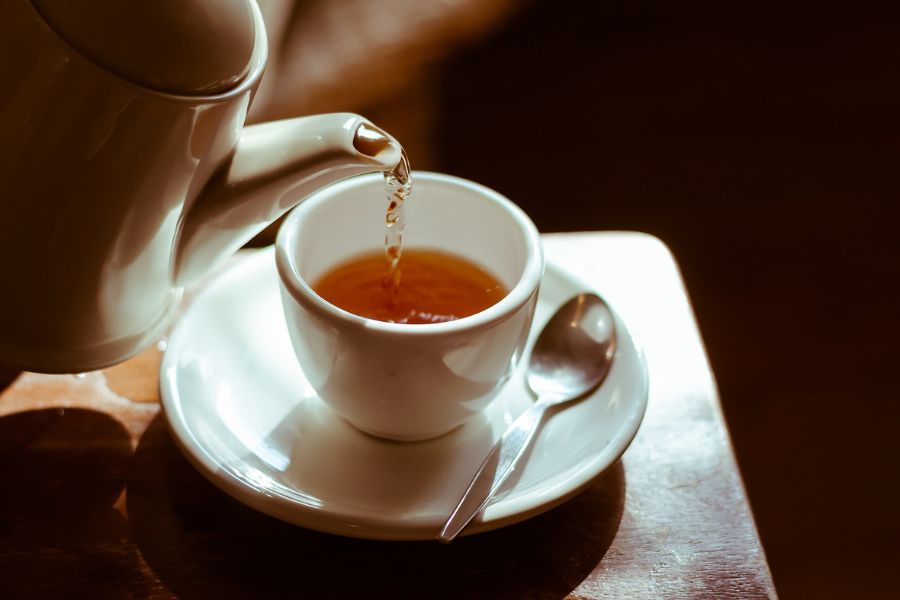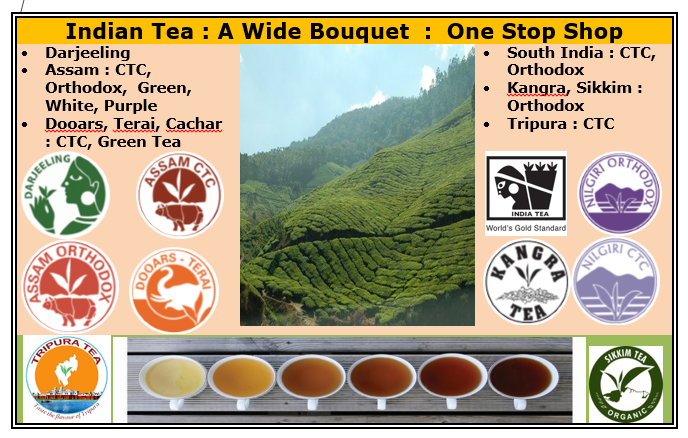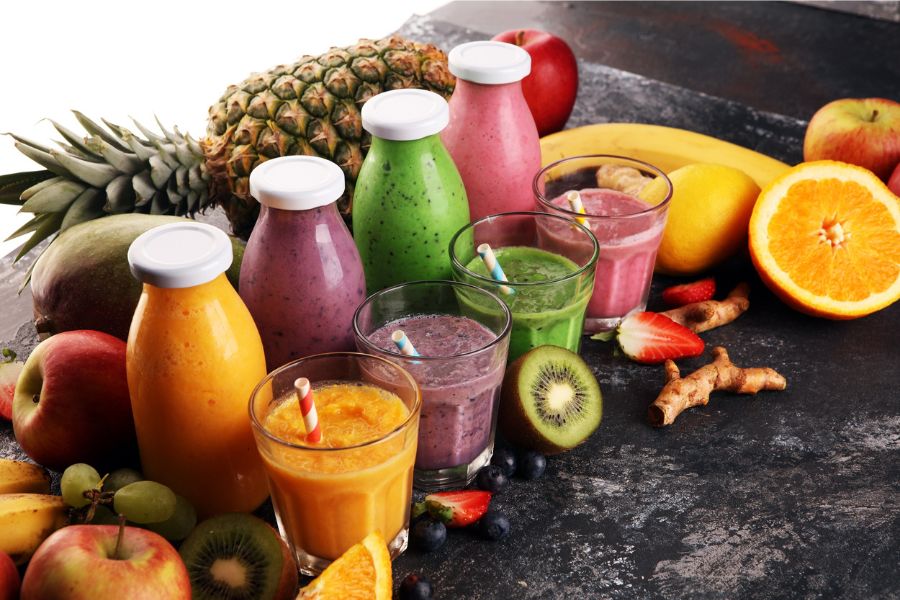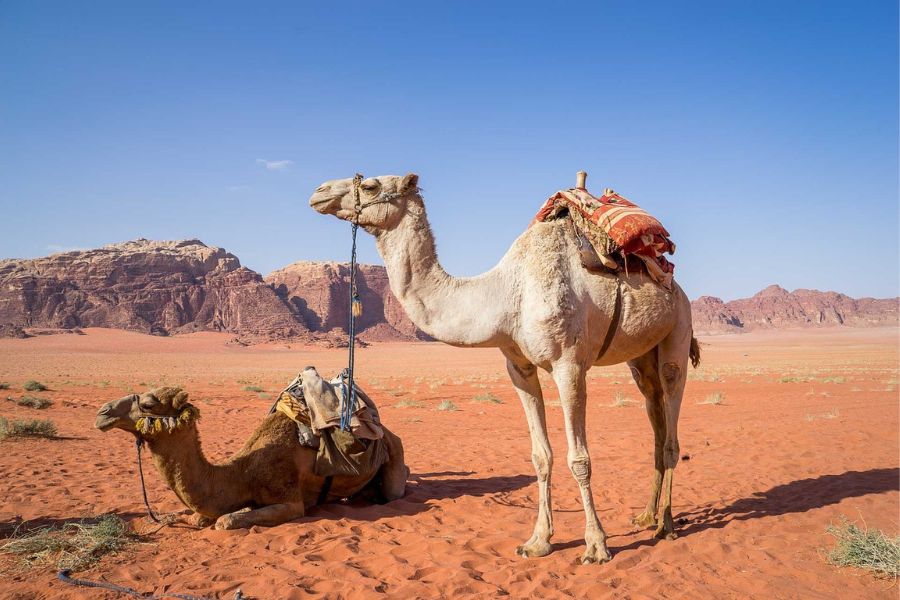India & China: Nothing that a cup of Indian tea can’t fix!
India’s black tea varieties, particularly Darjeeling and Assam are finding increasing acceptance among Chinese customers. China has doubled tea exports in the past 6 years, and leading exporters like Sri Lanka and Kenya are trying to make inroads. Sujit Patra, former Secretary, International Tea Association, discusses how India can effectively compete in this market.

Image Credit: Pixabay
“A cup of tea” or “any time is tea time” – are phrases so fondly used by all in any language in any part of the world that it hardly calls for any explanation. India and China are two of the fastest growing economies in the world. They are also neighbors and share a huge boundary spanning thousands of kilometers. However, skirmishes between the two nations have become the norm though there is strong cultural & trade relationship.
There is nothing that a cup of Indian tea cannot bring normalcy in the loggerhead geo-political relationship as both nations are big connoisseurs of Tea!
China is India’s second biggest trading partner after the USA. In 2021, India-China bilateral trade stood at US$ 126 billion, which was 11.2% of India’s total merchandise trade of US$ 1,035 billion.
Trade began to flourish in early 2000s, driven by imports from China like footwear, iron & steel, copper, animal & vegetable fats, mineral fuels, chemicals, etc. The trade deficit is massive as India exports only US$ 28 billion worth of goods.
This can be attributed to two factors – narrow basket of commodities and market access impediments for most of India’s agricultural products and sectors where Indian products are competitive such as pharmaceuticals, IT/ITeS, etc. India’s predominant exports consist of iron ore, cotton, copper, aluminum, etc. These raw material-based exports have over-shadowed imports from China of machinery, power-related equipment, telecom equipment, organic chemicals and fertilizers.
TEA is one product which is exported to but NOT imported from China!
China is the largest producer & consumer of tea in the world. The country mainly makes green tea. But black tea consumption is rapidly growing amongst the youth. To cater to this growing domestic demand of black tea, China has started importing from India, Sri Lanka, Kenya, etc.

India is the largest black tea producer in the world and offers a wide bouquet of teas. Aromas and flavours of Indian teas, particularly of Assam and Darjeeling origins, are liked by Chinese consumers. In the last 6 years, China has doubled tea imports – from 23 m. kg in 2016 to 47 m. kg in 2021. But tea import from India is stagnant at 5/6 m. kg except peaking at 13 m. kg in 2019. This calls for serious thoughts for India how to make inroads into this big market.
Considering huge potential, Sri Lanka and Kenya are making efforts to increase exports and have initiated various promotional activities. As a result, from 8.5 m. kg in 2016, Sri Lanka has improved share to 15 m. kg and from less than 1 m. kg, Kenya’s share is now 4 m. kg in the Chinese market.
India is ahead of China so far as public bulk tea disposal i.e. public auction is concerned. Government of China is interested to set up an e-Auction platform. Sri Lanka conducted a dummy auction in 2018 in Beijing. Thereafter, China Tea Marketing Association (CTMA) visited Calcutta Auction and studied India’s robust Auction system. India can take a lead in this regard to instill confidence.
Considering the above developments and growing popularity of black tea, India should draw up Action Plans. Immediate implementation of the Action Plans is crucial for success in the Chinese market. Some suggestions are :
- Collaboration with organizations like CTMA and China Chamber of Commerce of Import & Export of Foodstuffs (CFNA) for a sustained promotion exercise for various varieties of Indian Tea.
- Identify blends, types of tea liked by Chinese and modern machinery used in their field and factory.
- High level of packaging, art of making Oolong tea are some examples for India to learn from China.
- Exchange of trade delegations, arrangements of Buyer-Seller Meets (BSMs) and Tasting Sessions.
- Persuasion with the China Inspection & Quarantine Bureaus (CIQ) for identification of some NABL accredited Laboratories in India for testing teas as per Chinese quality parameters and acceptance of their reports.
On successful implementation of these suggestions, Indian tea export is likely to achieve exponential growth making China as Indian tea’s one of the largest destinations in near future.
The bottom line is that Indian tea exporters need to work harder before they can compete with other countries. The Government of India also needs to chip in by providing better infrastructure, fully defraying state duties by increasing RoDTEP rate and reducing interest rate on borrowings by Indian tea producers and exporters.

The author is former Secretary of Indian Tea Association (ITA), the oldest & largest tea producers & exporters body in India, and a renowned tea expert.













Leave a comment